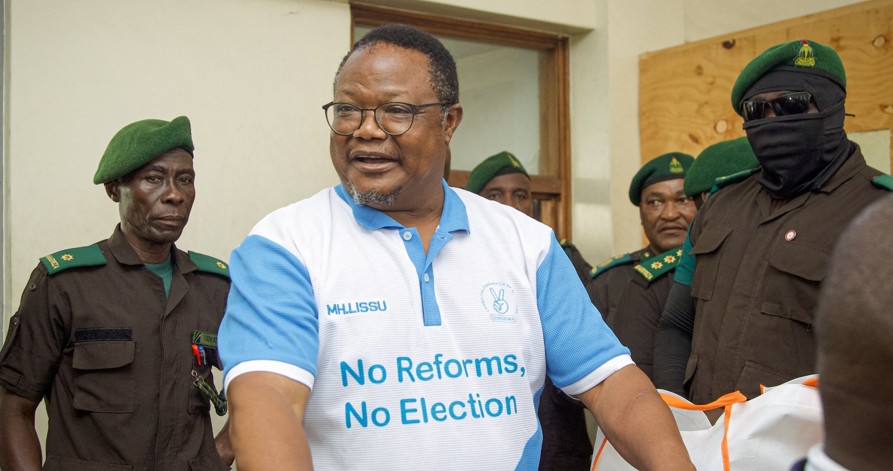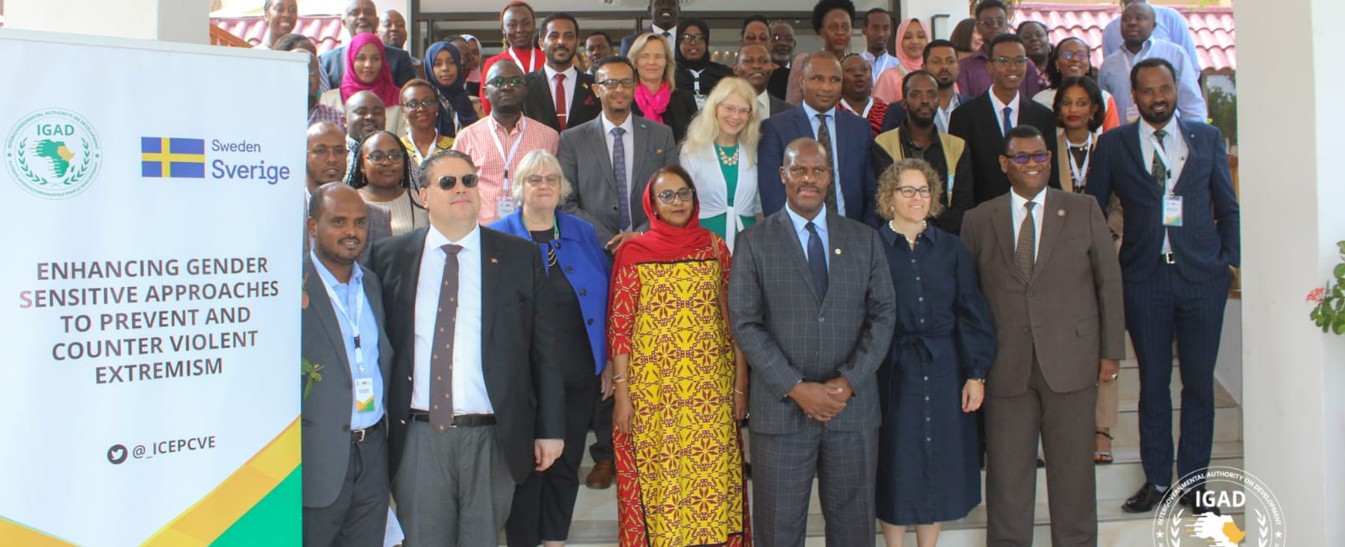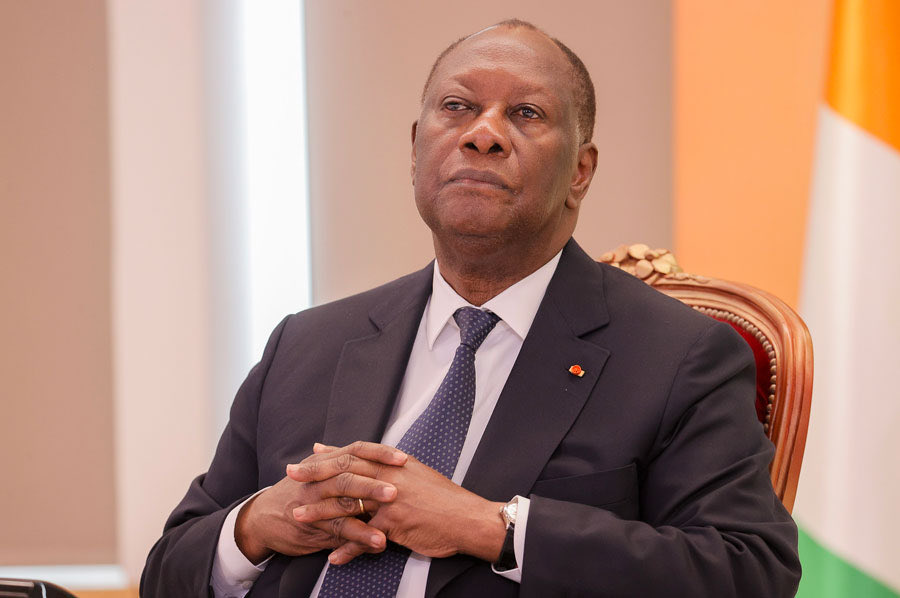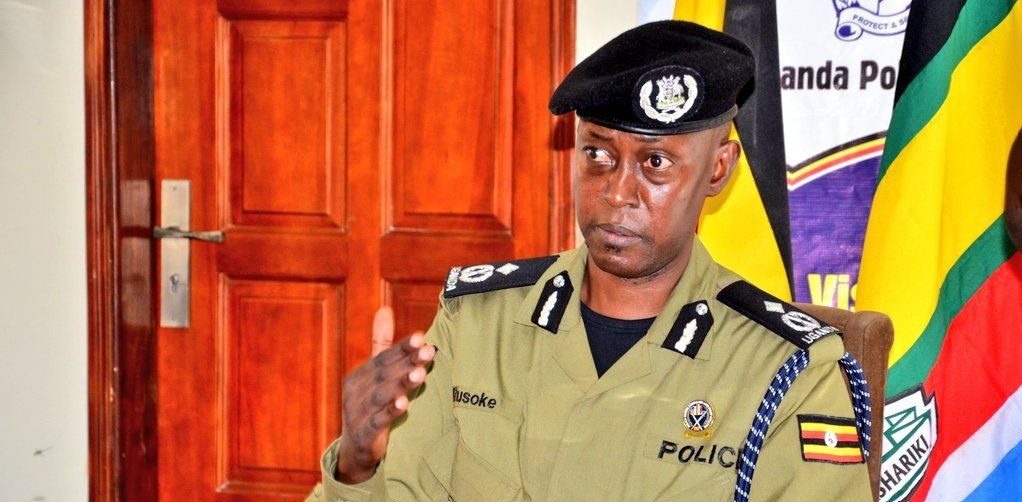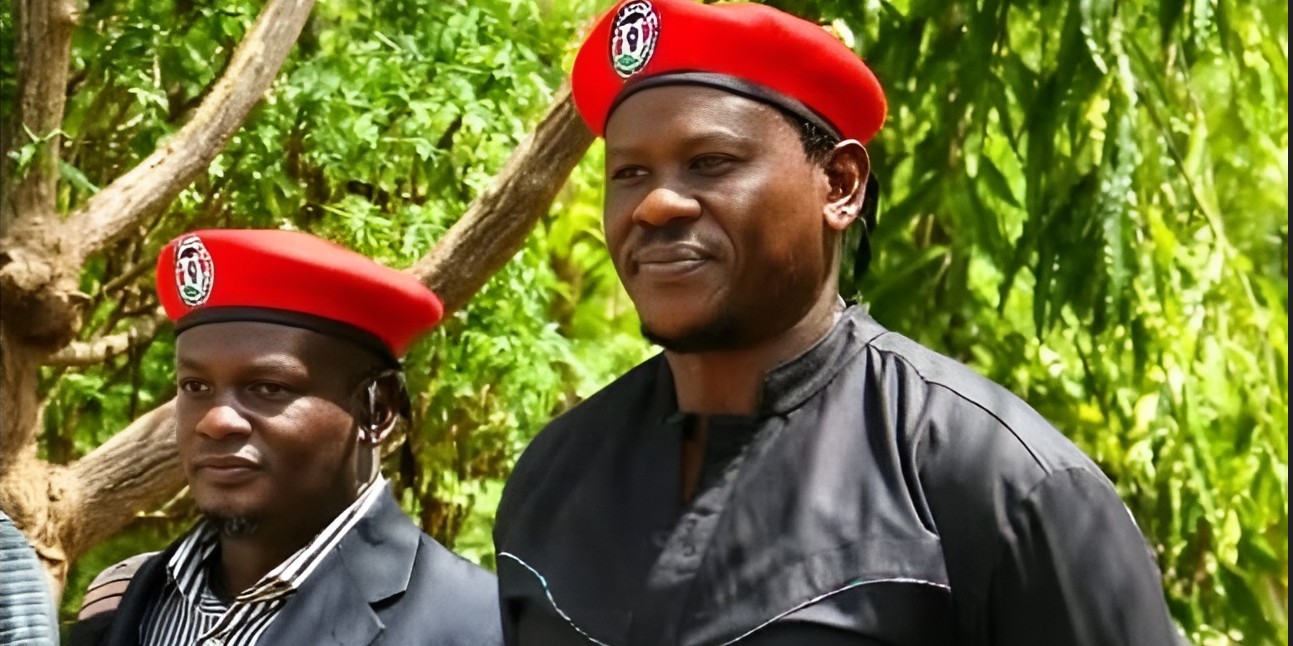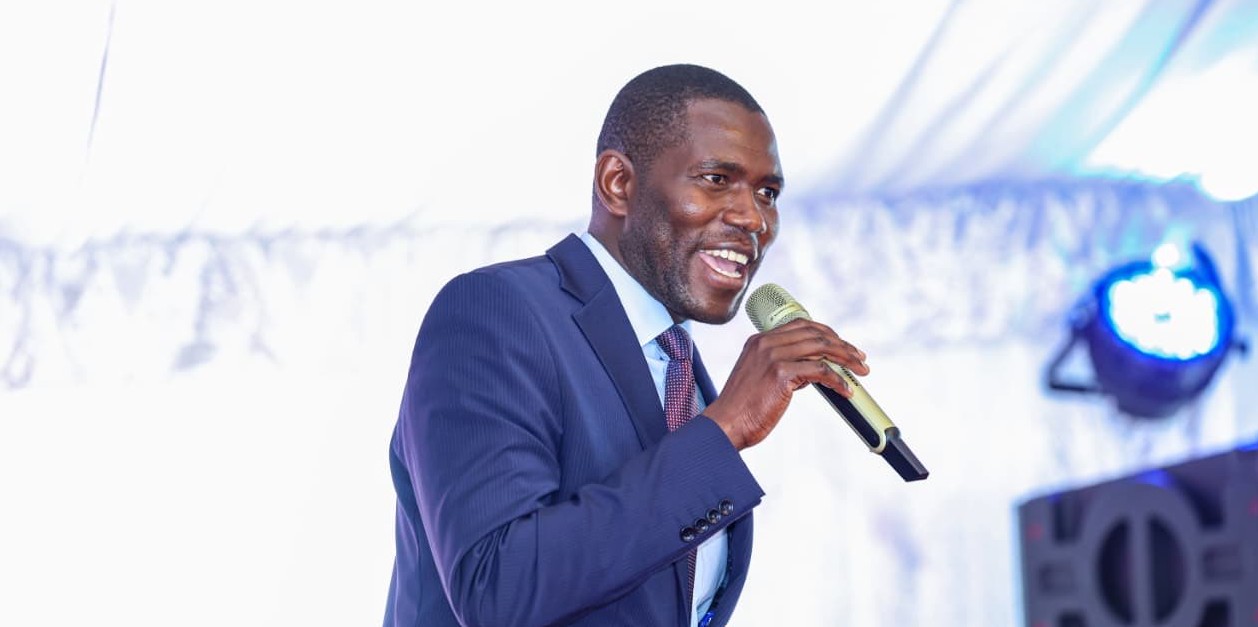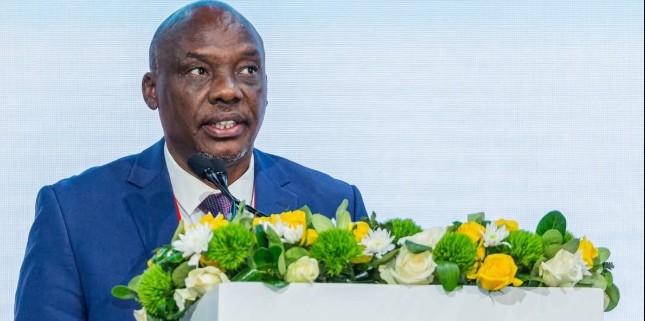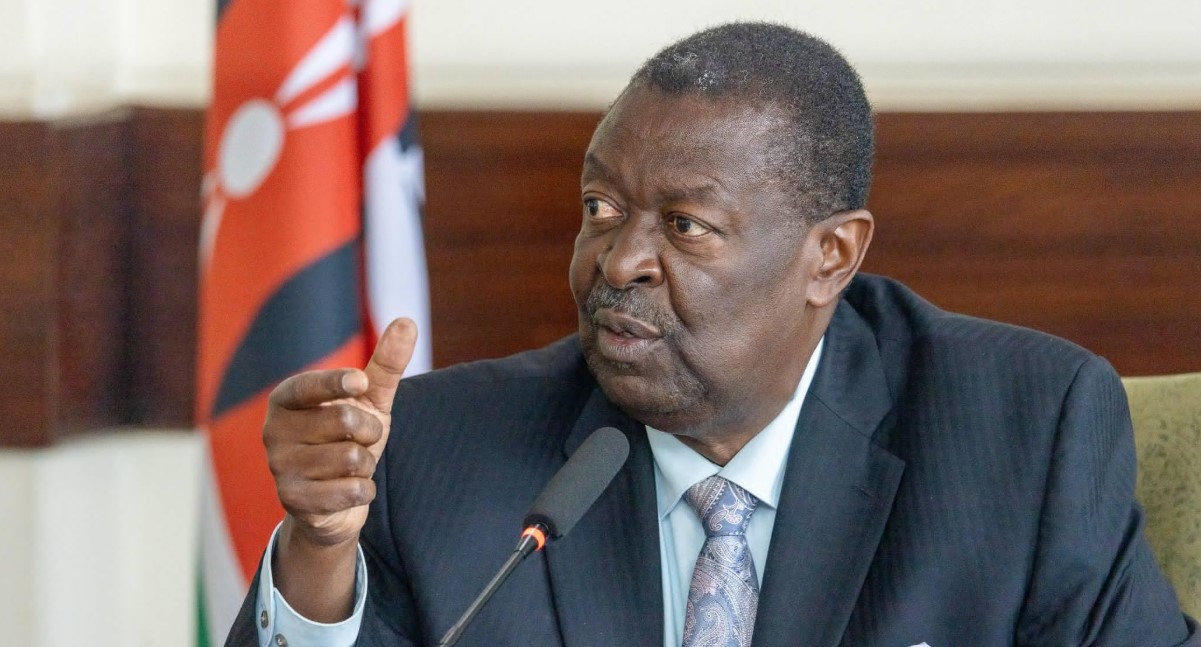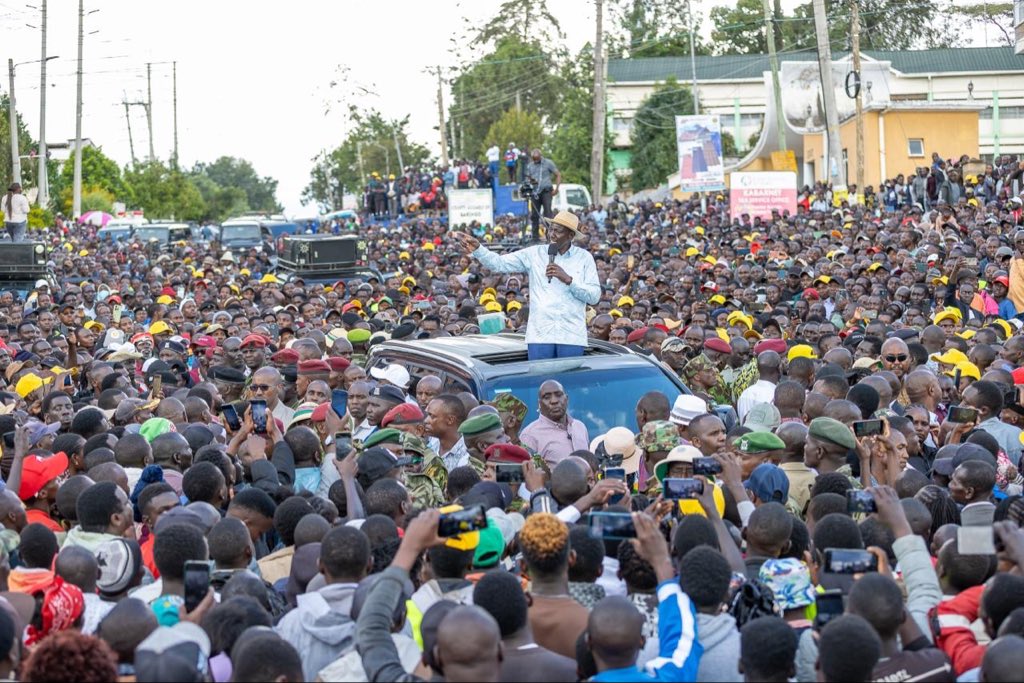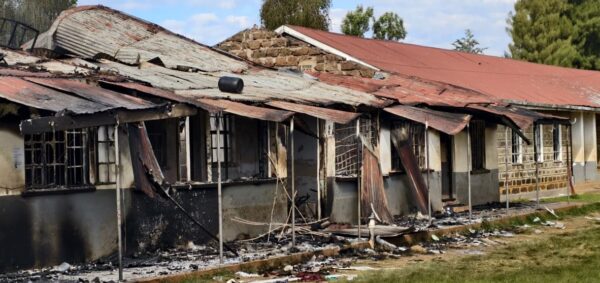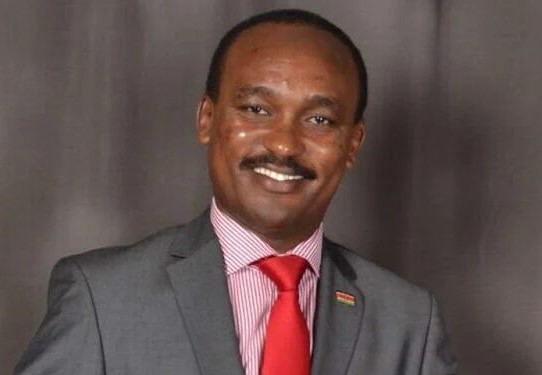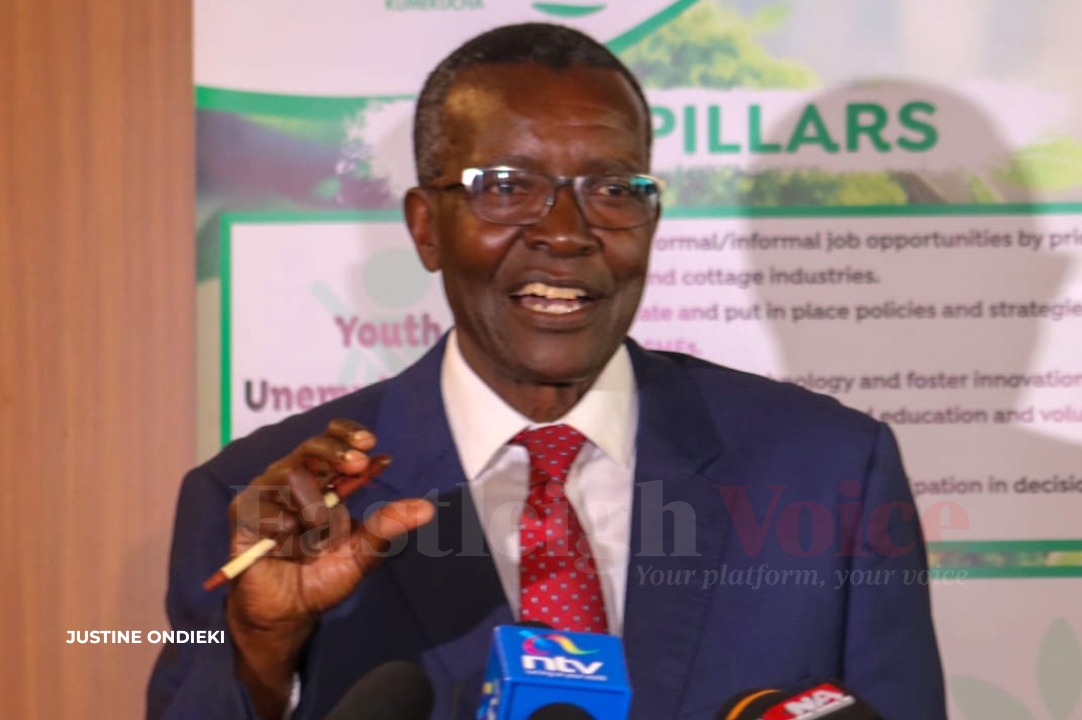ELOG urges IEBC to protect voter data, boost registration access
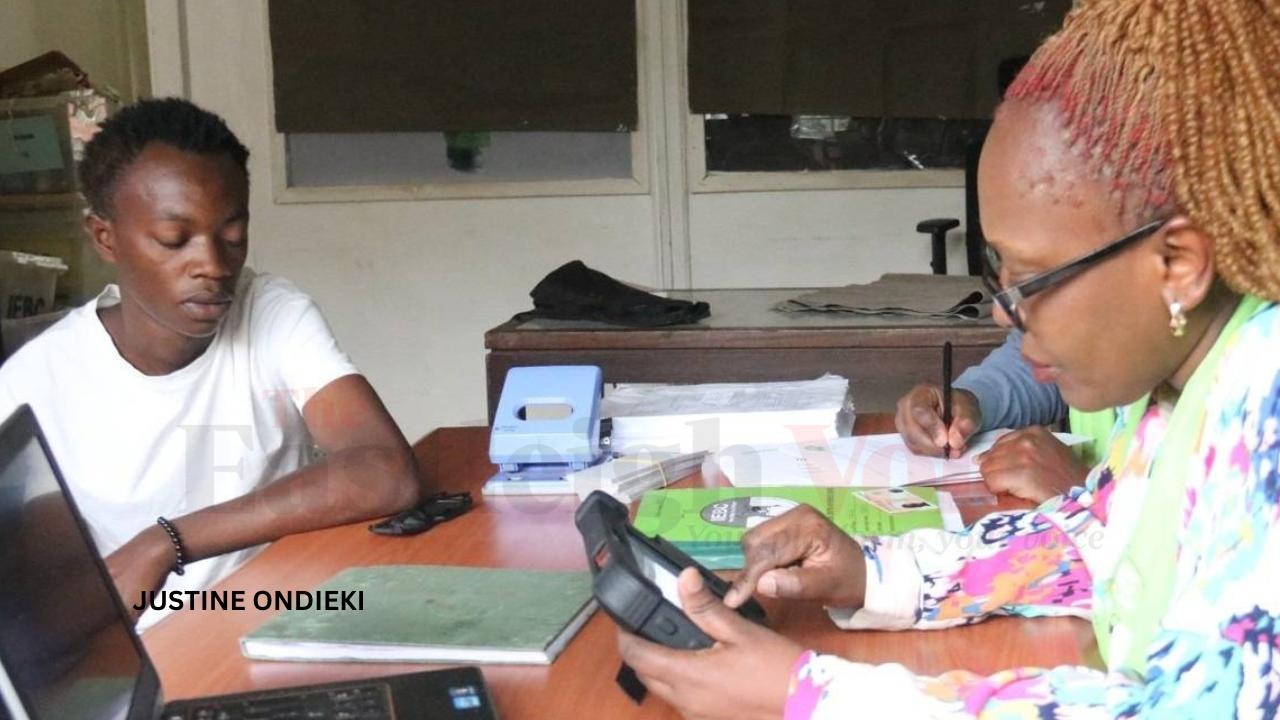
During the first week of registration, IEBC data showed that 7,048 new voters were registered, 259 voters transferred their registration, and eight updated their particulars.
The Elections Observation Group (ELOG) has urged the Independent Electoral and Boundaries Commission (IEBC) to provide clear information on how iris data collected during voter registration will be securely stored and used in compliance with the Data Protection Act of 2019.
The group also called on the commission to disclose whether a Data Protection Impact Assessment was conducted before the rollout of the iris scan system and to clarify which systems or third parties, if any, may access the biometric data, along with the safeguards in place to prevent misuse.
More To Read
- ELOG flags slow voter registration, warns progress lagging far behind 2027 target
- IEBC unveils nomination dispute framework ahead of November by-elections
- Over 20,000 Kenyans register as voter registration drive picks up nationwide
- IEBC clears candidates, opens campaigns for November by-elections
- Voter registration in Mombasa marred by weak network, slow biometric systems
- Data Commissioner Immaculate Kassait updates parliament on electoral compliance
Beyond concerns over data protection, ELOG highlighted that the current exercise is limited to constituency offices, a fact that many, especially youth and rural populations, are not fully aware of.
The group urged IEBC to strengthen public communication on the availability of registration services and to collaborate with political actors, religious organisations, community associations, and media platforms to enhance civic education. ELOG also emphasised the need for clear guidance on voter registration transfers and updates, noting that confusion remains over whether voters can register in one constituency and vote in another.
During the first week of registration, IEBC data showed that 7,048 new voters were registered, 259 voters transferred their registration, and eight updated their particulars. Urban counties led early registration, with Nairobi recording 1,597 new voters, followed by Mombasa with 556, Kiambu at 386, and Kisii at 312. Machakos, Nakuru, Kilifi, Mandera, and Kitui also recorded strong participation. In contrast, remote counties such as Lamu, Samburu, Tana River, and Nyamira registered very low numbers, reflecting challenges in access, awareness, and logistics.
Smaller northern counties like Mandera, Wajir, and Garissa recorded higher relative growth compared to their 2022 voter registers, indicating that localised outreach efforts are yielding results. Larger counties, including Kakamega, Nakuru, and Kisumu, showed slower proportional growth, signalling the need for intensified voter education and civic mobilisation campaigns.
Mombasa and Nairobi led in voter transfers, recording 50 and 42, respectively, while Laikipia, Nakuru, and Nyandarua followed. Laikipia reported the highest transfer rate per 100,000 voters, reflecting localised population shifts and increasing awareness of the right to change registration locations. Updates of voter particulars were modest, with Mombasa, Kirinyaga, and Makueni leading, showing early efforts by voters to verify and correct their information.
ELOG concluded that while the first week of Continuous Voter Registration demonstrates operational readiness and growing public interest, disparities between counties require urgent attention to maintain momentum.
The group urged IEBC, political actors, and civil society to accelerate civic outreach in low-performing counties, engage youth effectively through social media and mobile registration units, maintain transparency by publishing weekly county-level updates, prioritise counties with pending by-elections, and sustain inclusive voter education, emphasising registration, transfers, and data verification.
ELOG reaffirmed its commitment to monitoring the CVR process nationwide, stressing that proactive communication and transparency from the IEBC are key to building public trust, encouraging participation, and safeguarding the credibility of Kenya’s voter register ahead of the 2027 elections.
Top Stories Today
